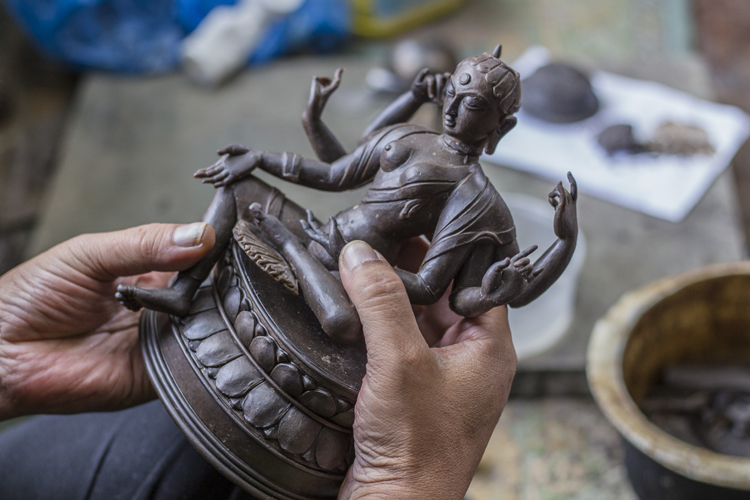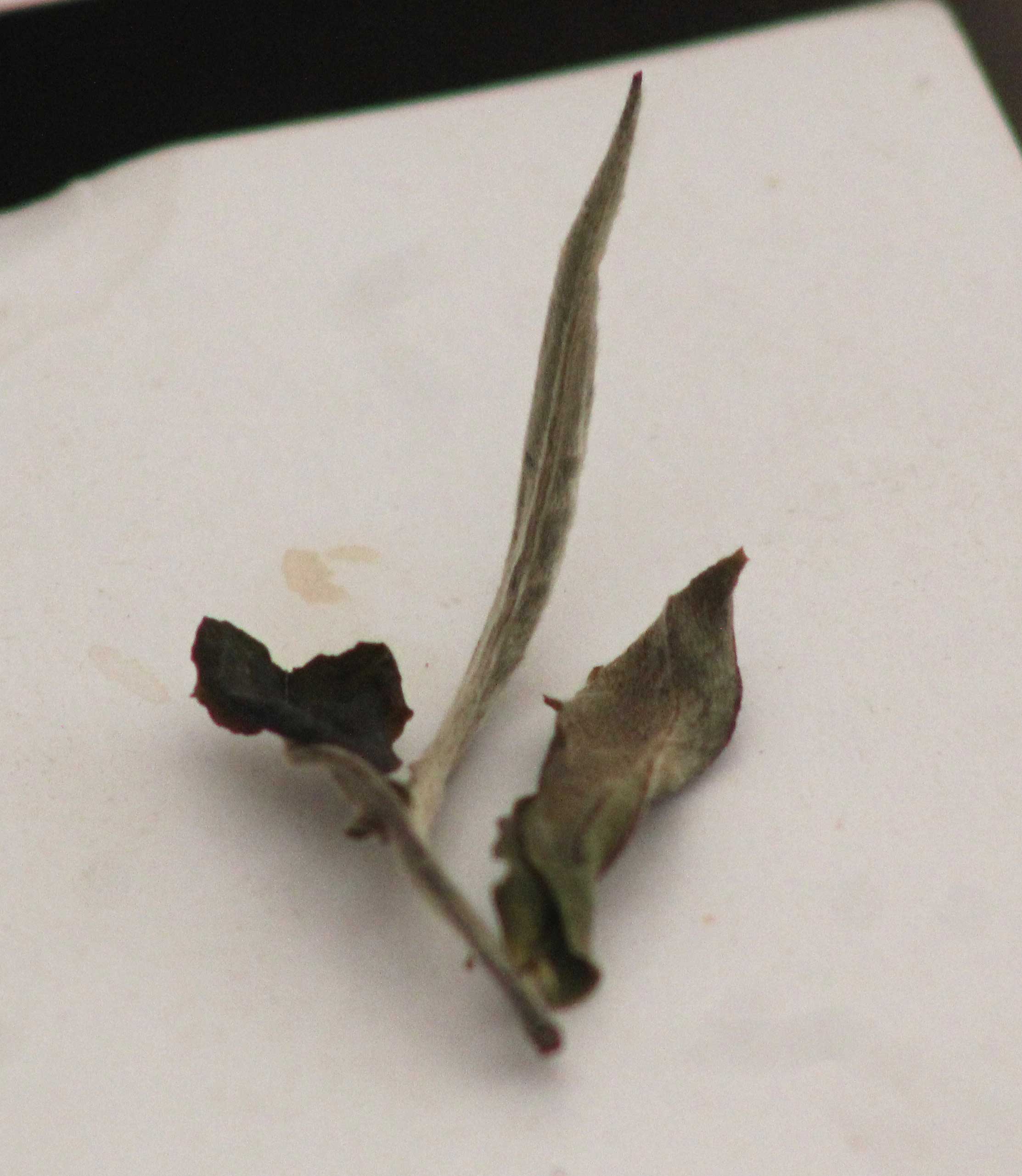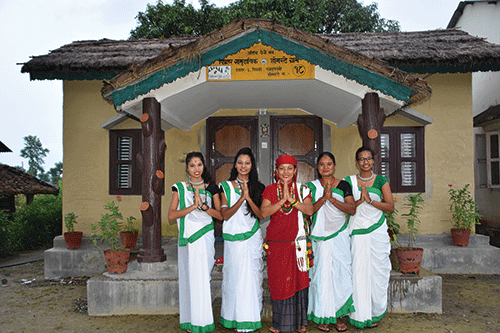Witness how NhuchheRatnaShakya unravels his enchanted creations, a legacy of his renowned father, Siddhi Raj Shakya. Incorporated in his artwork, the authentic Buddhist culture really does take flight with grace.
When venturing within the crowded gallisof PatanSundhara (a tap made of gold), you will lay your eyes upon an antiquated Newari house. Inside those doors you will find NhuchheRatnaShakya, a determined individual, continuing his family vocation and his father’s long-lived legacy of distinctive art. Nhuchhe makes art related to religious text, whether it is Hindu or Buddhist. The community in PatanSundhara showcases more of Buddhism’s inner culture and traditions, and thus often requests Nhuchhe to make Buddhist-themed statues and other artwork.
Being the fourth generation of artists in his family, he says that his father had developed this empire of statue making business in Nepal. He adds, “When I was young, I used to carefully observe my father working in his workshop, handcrafting Buddhist statues. Then, in 1998, I was doing my masters in economics when my father called me, as he needed an assistant for his craftwork. It was not a compulsion, but a choice I had to make. Later on, I joined my father’s workshop, and ever since then I have been continuing the profession.”
When asked about the significance his art plays in society, he started off by saying that what he makes is for the followers of Buddhism. He further added that it plays a huge impact in Buddhist society, since people believe in, worship, and cherish these religious crafts. “It almost gives imagination a physical form and adds beauty to one’s personal space. Likewise, it shows the elegance of history in a religion through detail and resemblance.”
Making one such statue takes about fourteen hours, starting from the morning, which may go up till late in the night, according to the size of the craft. The raw materials are bought within the Patan community itself, whether it is bees wax or crafting metal, all are found in places like Mangalbazaar. Although the materials and local produce have remained the same, in terms of technique and technology, a lot of things have changed. Craft was handmade with basic concepts of molding and casting before. Now, there are many methods. Techniques such as vacuum casting and plaster mold casting are some of the many contemporary techniques. Also, new tools and technological improvements have definitely helped the artists to produce larger volumes of art and craft.
Moving onto the art process for metalcraft, first of all what every person needs to know is, wax is pivotal for these kinds of craft. To prepare purified wax, mix resin, boil it for a long period of time, and then strain it. Furthermore, every statue needs a mold, so rice husk and yellow soil are mixed, then the desired figure is dipped in that very mixture to shape the mold. Note that this mixture is applied two or three times for efficiency. After the casting mold is ready, it is baked for two-three hours. After this, molten metal of choice is poured into it. Finally, the finishing touch of chiseling the craft is done.
As for alternative ways of crafting wax statues, they start the construction process by building a full-sized clay model with a steel frame for the body. The head and other small body parts, which contain the most details and are the most difficult parts to perfect, are created as separate, removable pieces. Once they have the clay model finished, sculptors then create a plaster mold of the face and head. After removing the plaster mold from the clay model, they fill the hollow mold with hot wax and then let it cool, so that the thick layer of wax hardens. At that point, the plaster mold can be removed. Various tools are then used for precise details of the head and body. One important thing to note is that wax is used to make statues such as these, as it is easy to cut and mold at room temperature. If used properly and professionally, it can project a life-like appearance. Furthermore, wax mixes with paint pretty easily and can absorb the colors.
Nhuchhe’s current aim is to spread his craft and culture to other places like China. He has been working with popular artists and craftsmen of Nepal to construct traditional Newari houses and Buddhist temples in Qinghsi, China. “Nepal Art Village” is a private company with high motivation to build a new heritage city of the future inspired from the traditional architecture of Nepal. The company is daring to build a city of living art and traditional lifestyle of lost generations. Art, architecture, and traditional lifestyle will be the center of Nepal Art Village, where art, artists, and clients will be the foundation stones. Their mission is to encourage, inspire, and inform young artists and younger generations to live a quality lifestyle. Furthermore, Nepal Art Village will be a zero carbon city with respect to its natural environment and surroundings.











